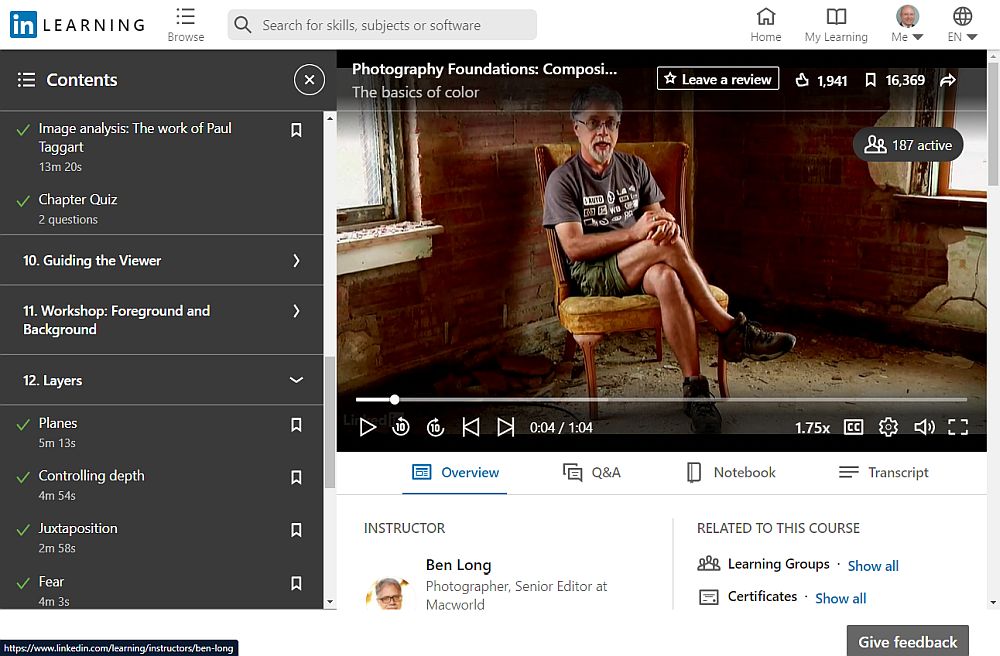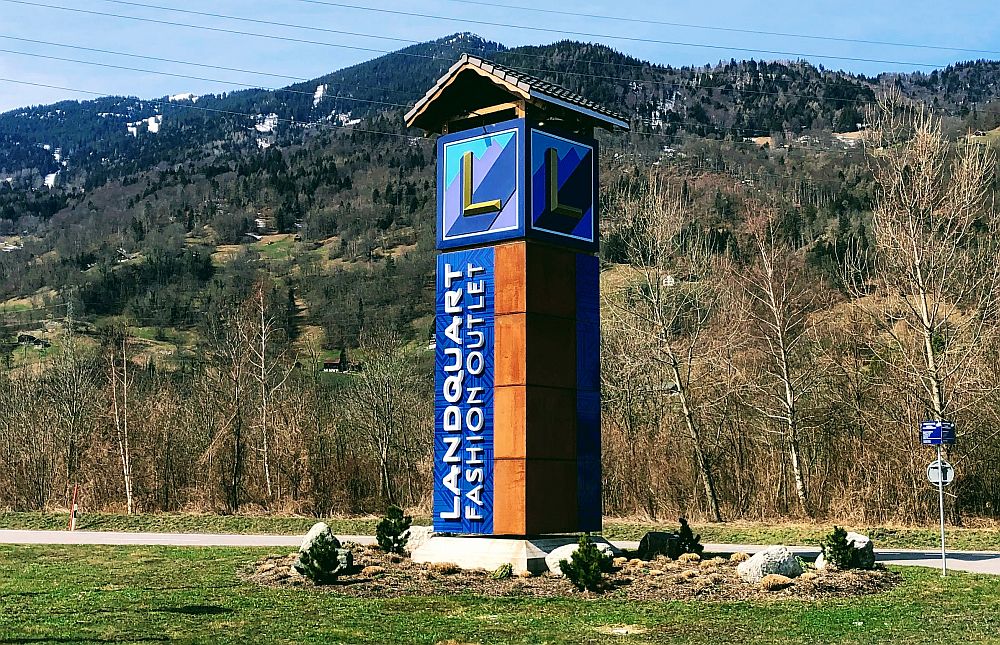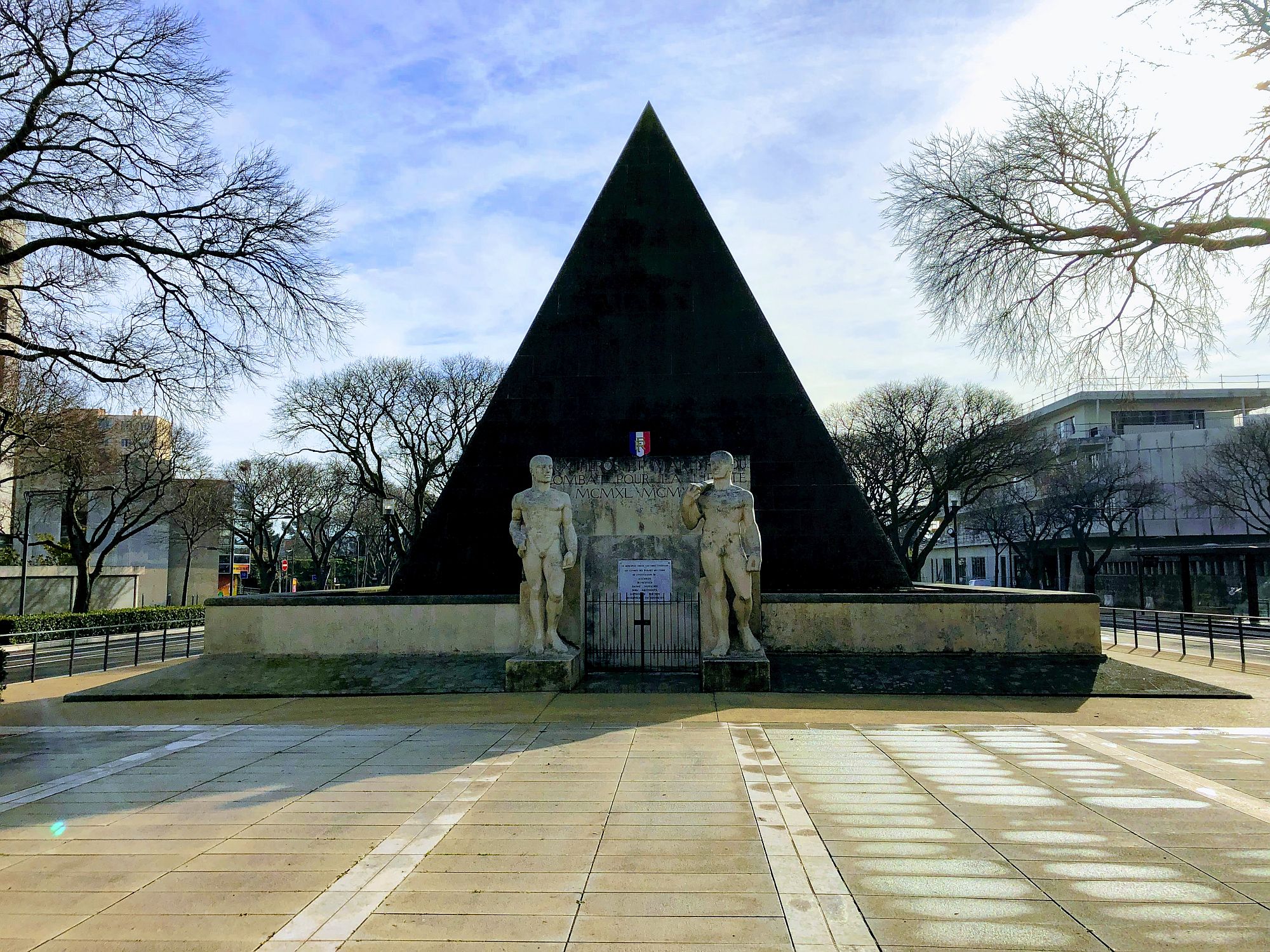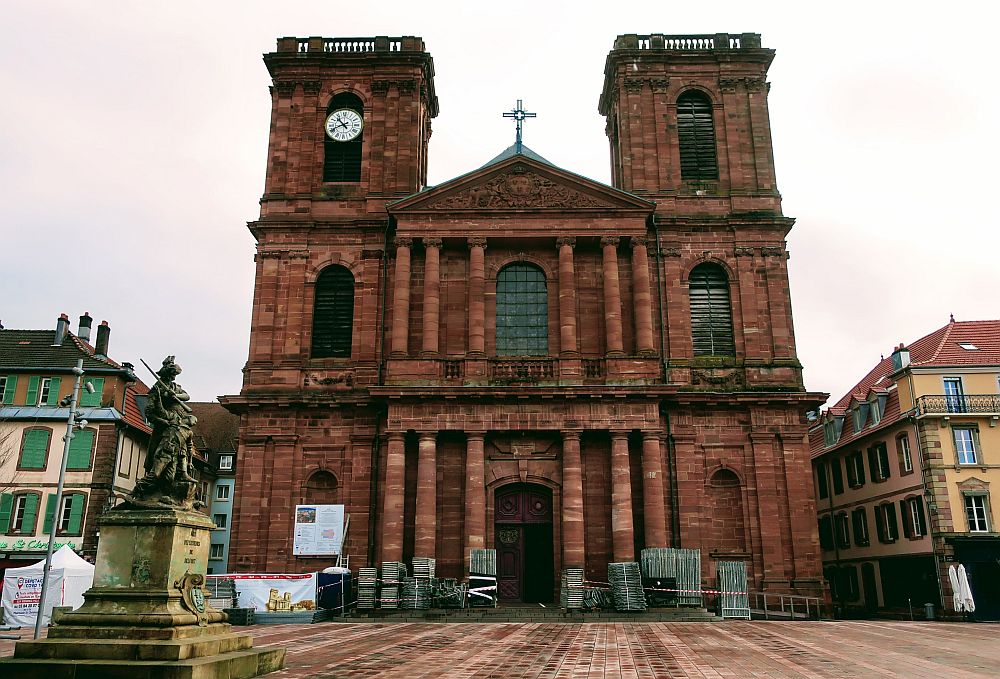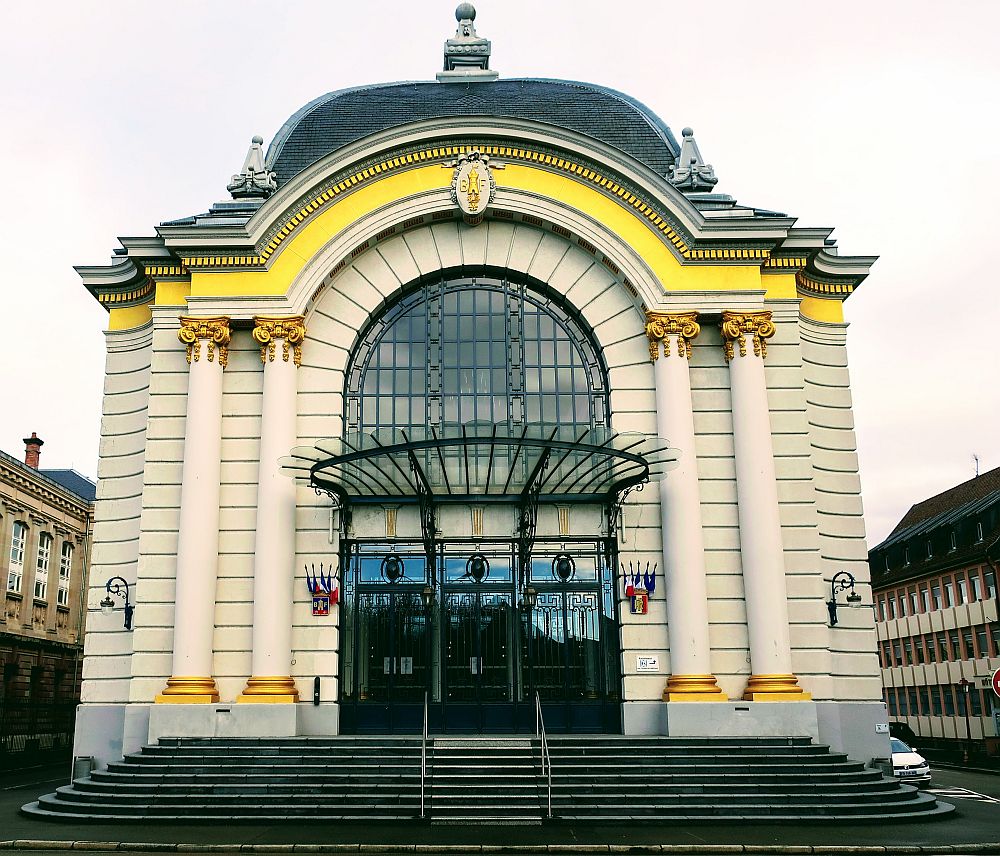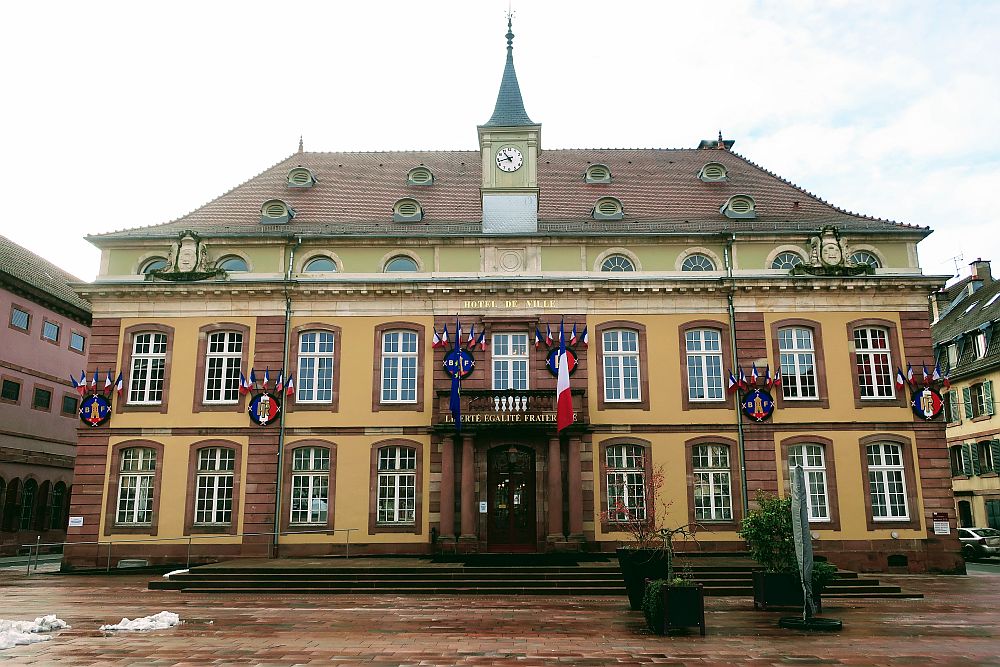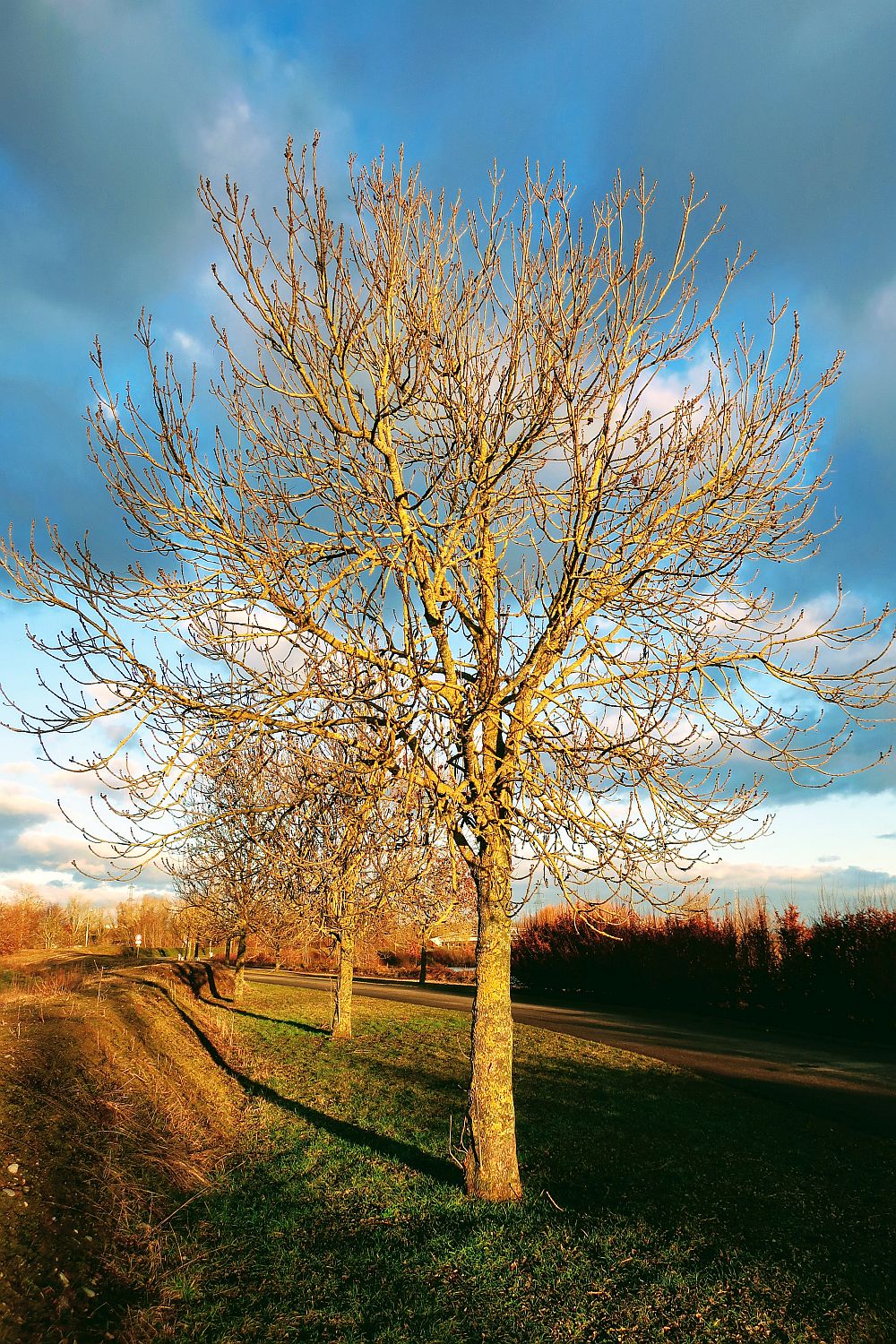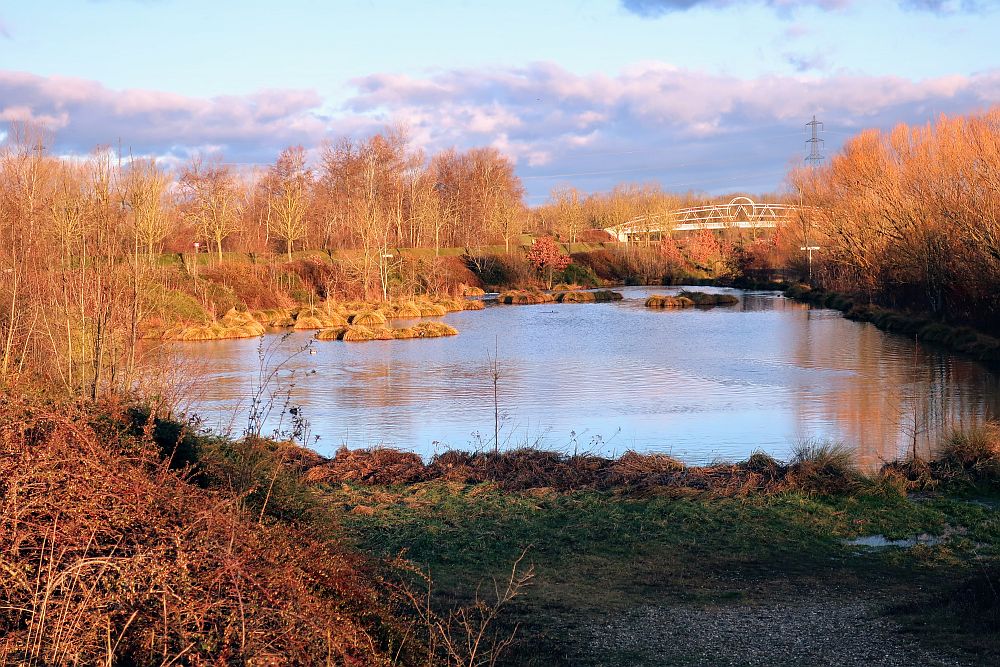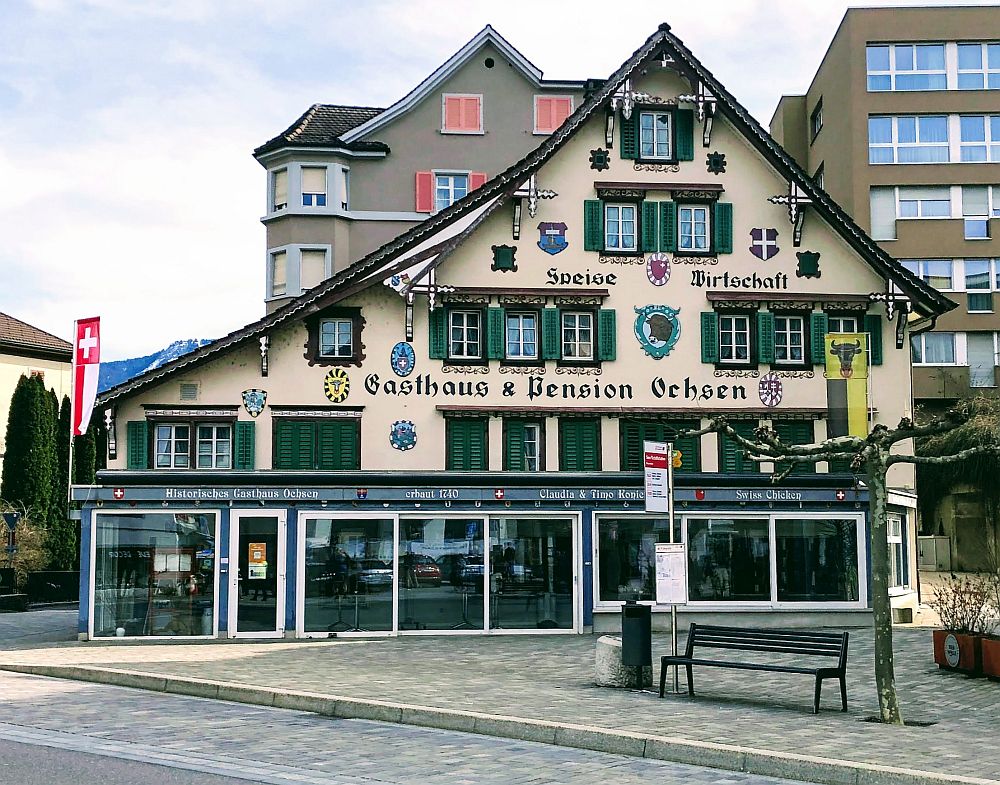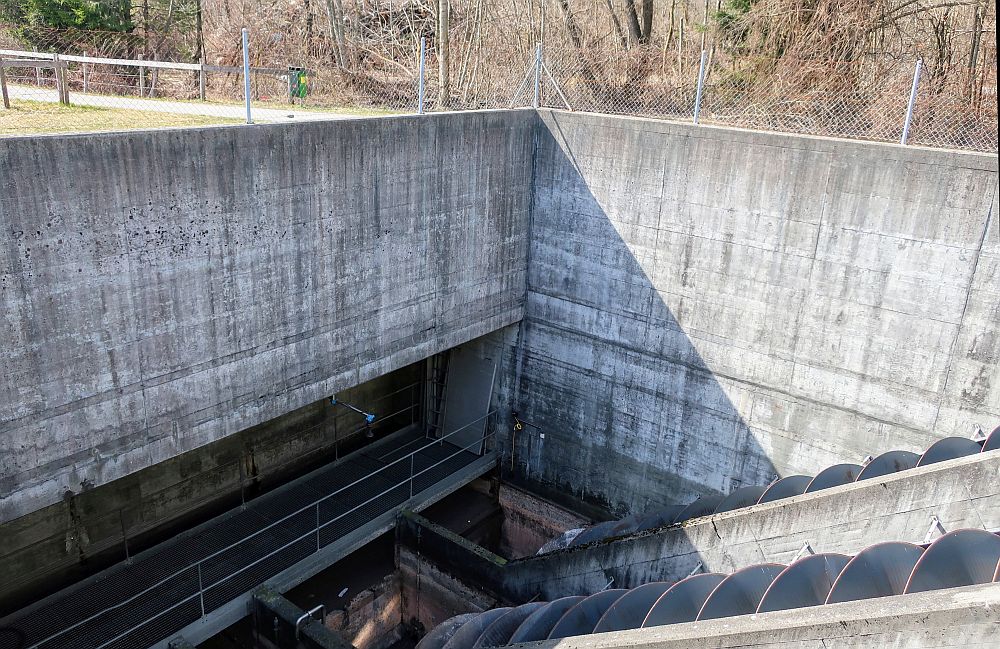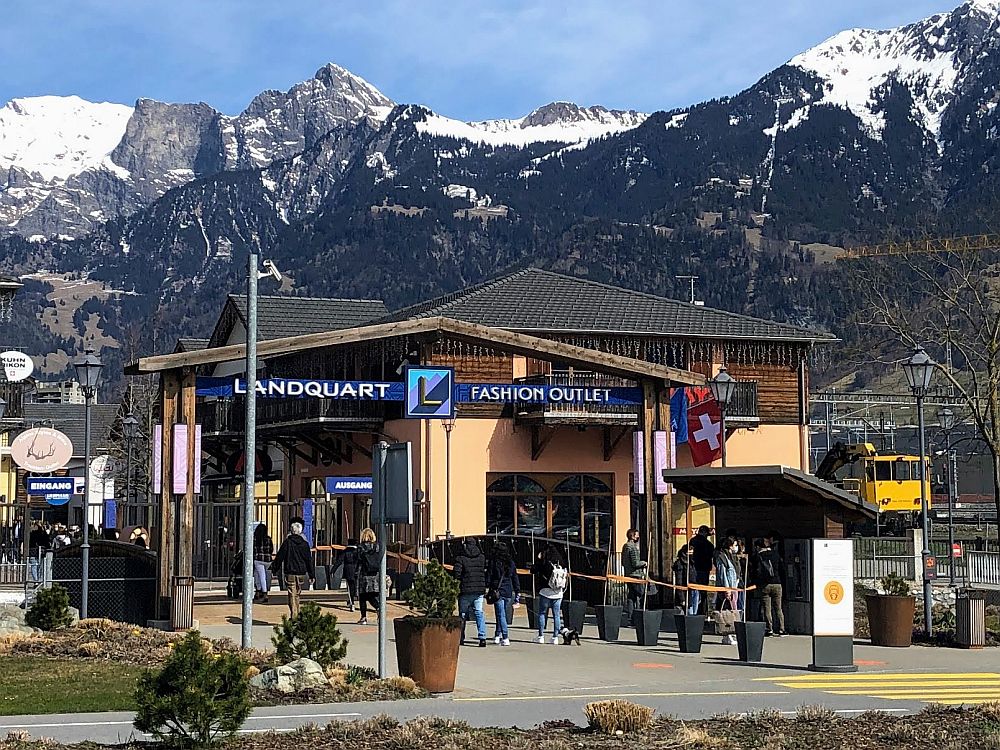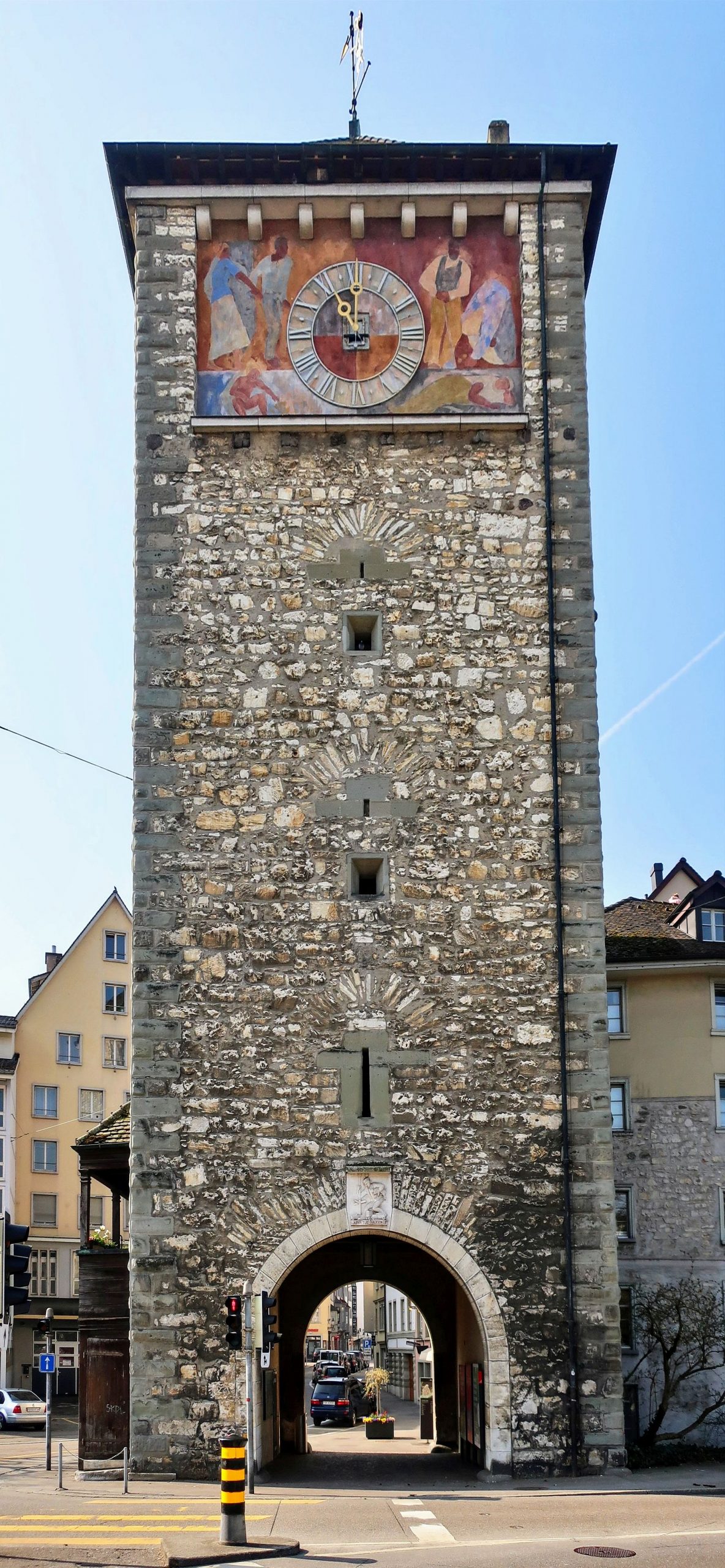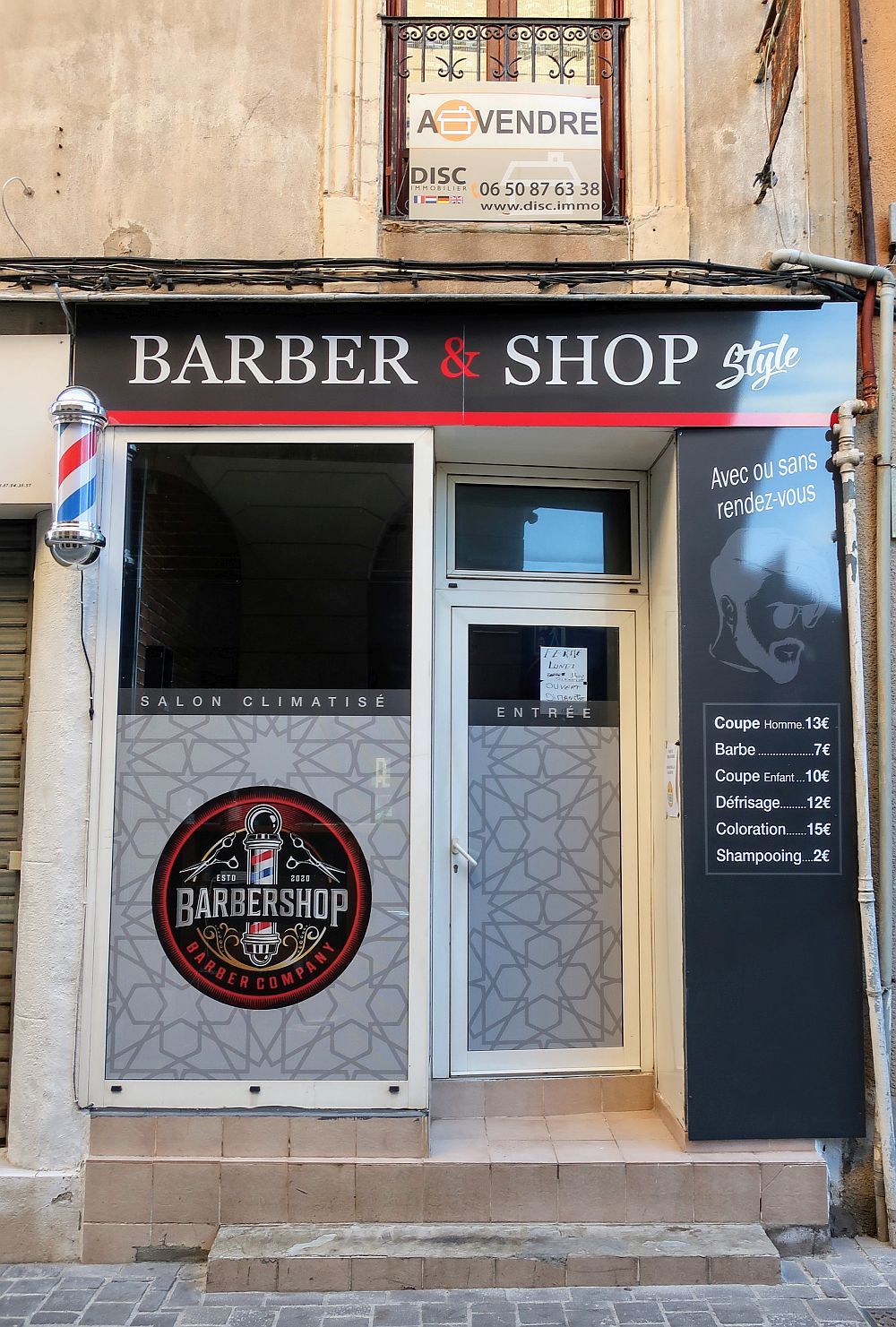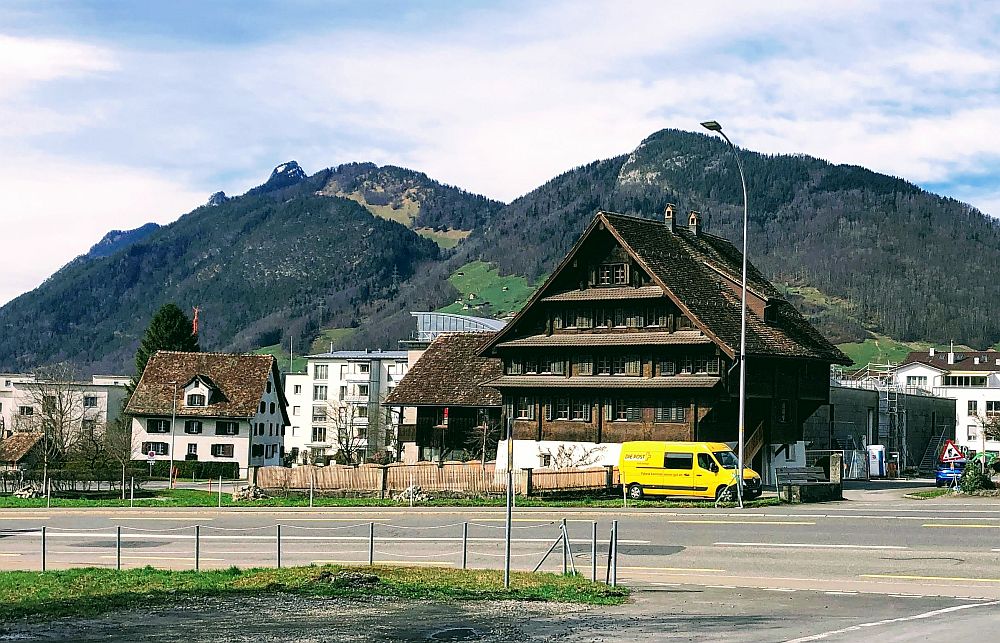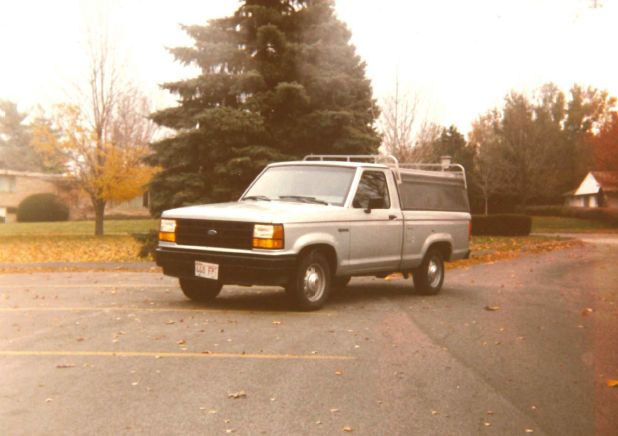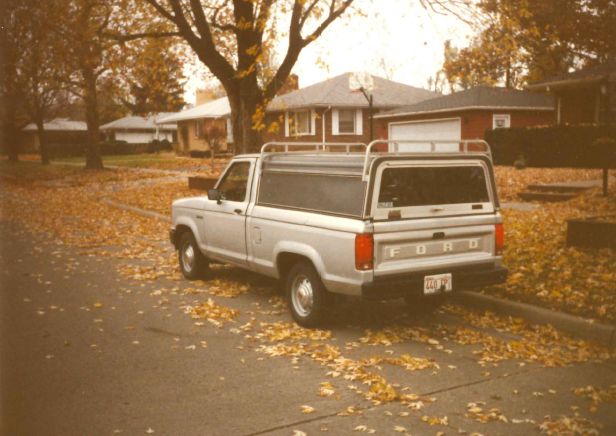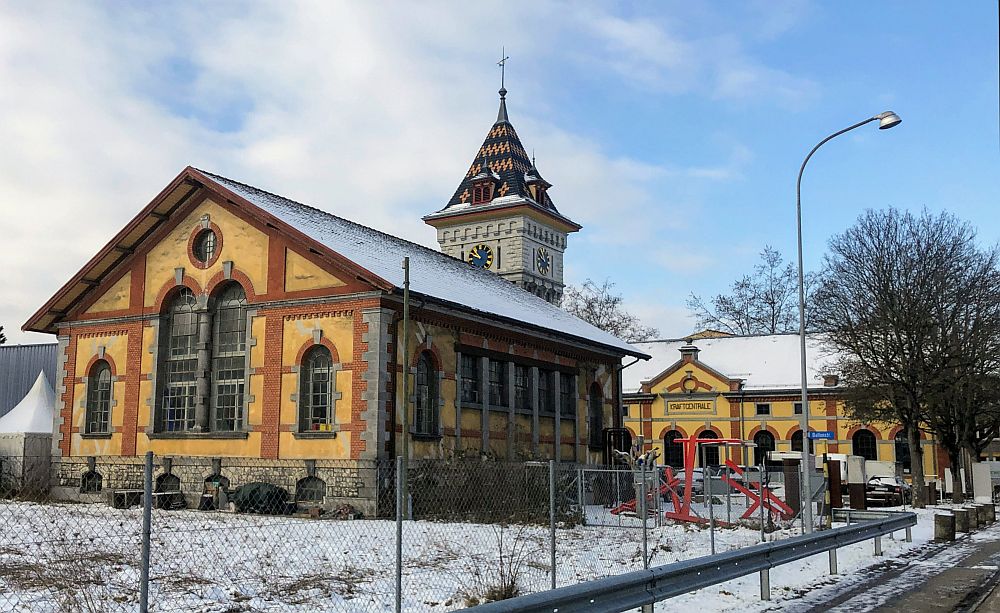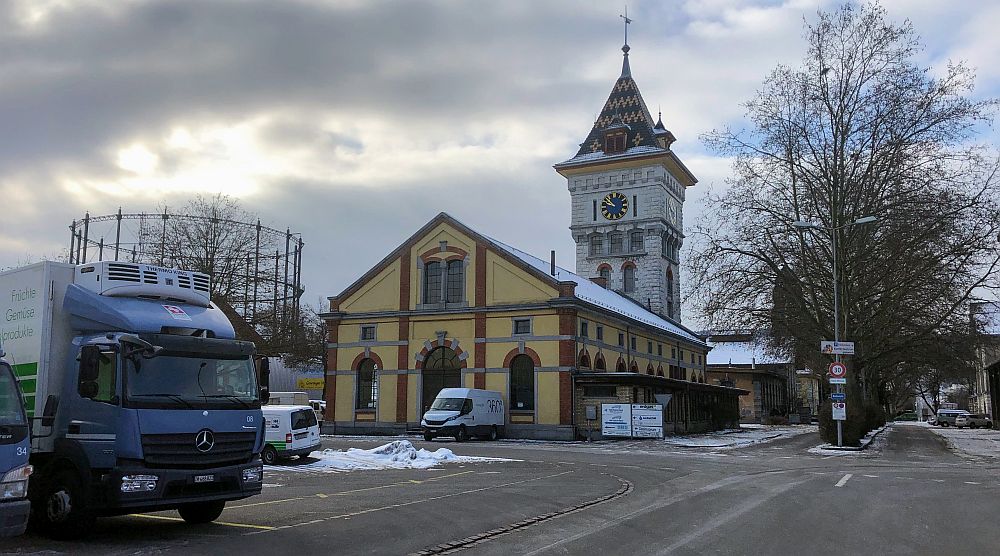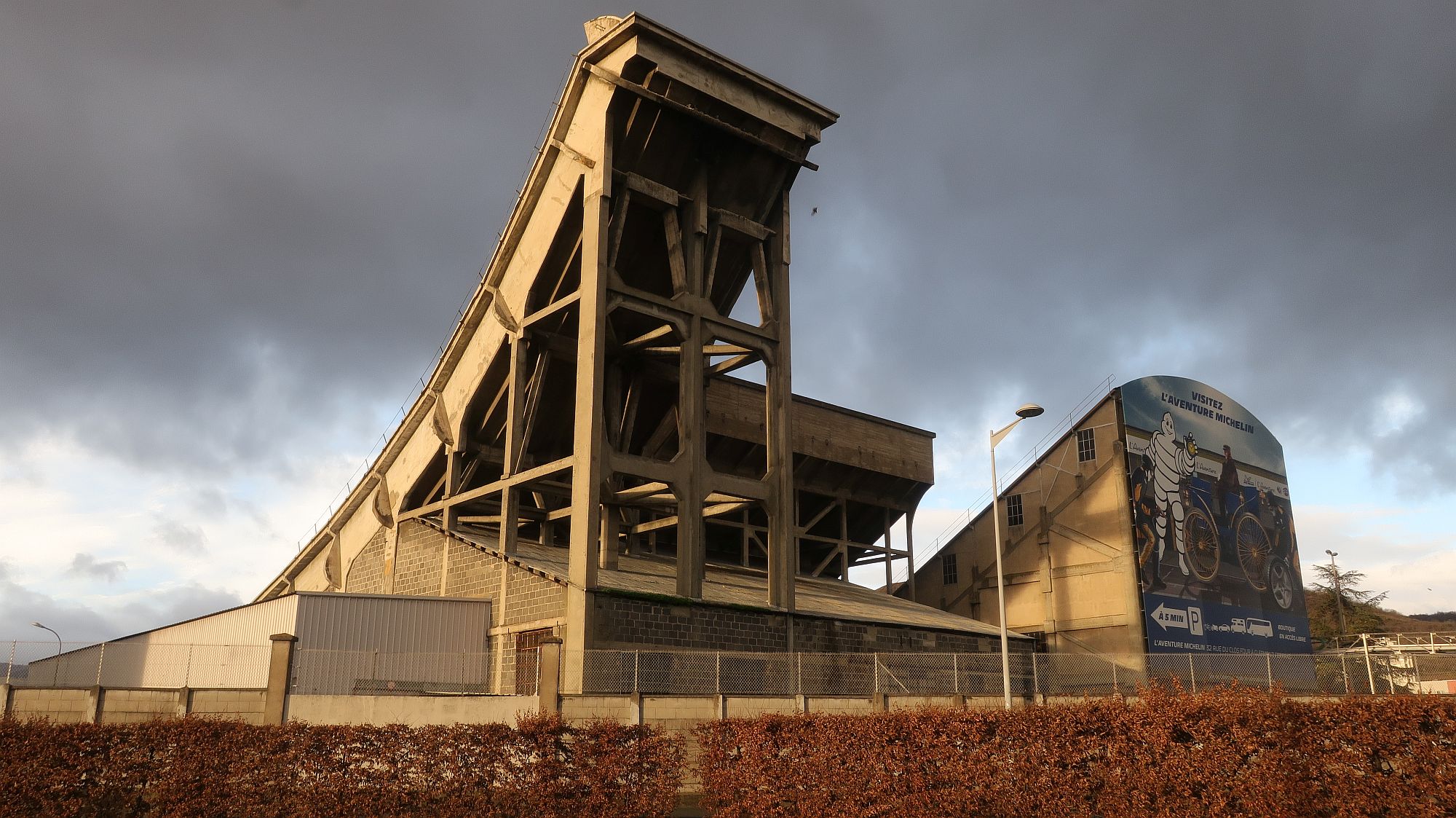The Quiller Memorandum is a film from 1966, starring George Segal and based on a espionage novel of the same name. Many people such as Quentin Tarrentino himself consider it the finest film in the spy genre. I fully agree.
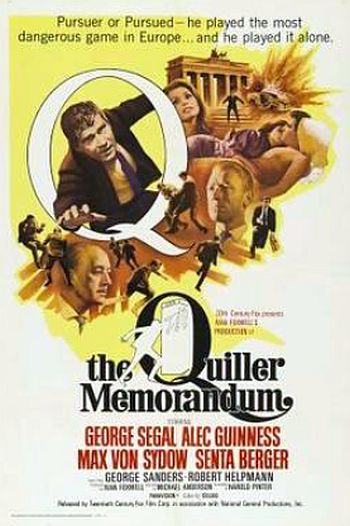
There are two great things about the film.
First, my favorite scene takes place coincidentally at exactly the street and corner where I stayed on my first trip to Berlin! The shop in the center background is today a Müller Drogerie.
Second, there is an interesting scene involving the German language. Since I am not a native speaker, it has long confused me. In this scene, the American spy Quiller – until now denying that he spoke German – suddenly confronts his followers and speaks to them in very fluent German, even involving some local Berlinerisms that have confused me, such as sometimes exchanging dative and accusative pronouns. Even today when I visit Berlin and talk to real Berliners it can trip me up.
However, the same movie dubbed into German uses the German language throughout – and the bit where Quiller suddenly starts speaking German is overdubbed with an entirely different set of words. I’ve always found this fascinating: although the language in both cases is spoken German, my American ears find the American version to be much less polite.
You be the judge!
The scene begins as Quiller decides to confront someone who is clandestinely following him.
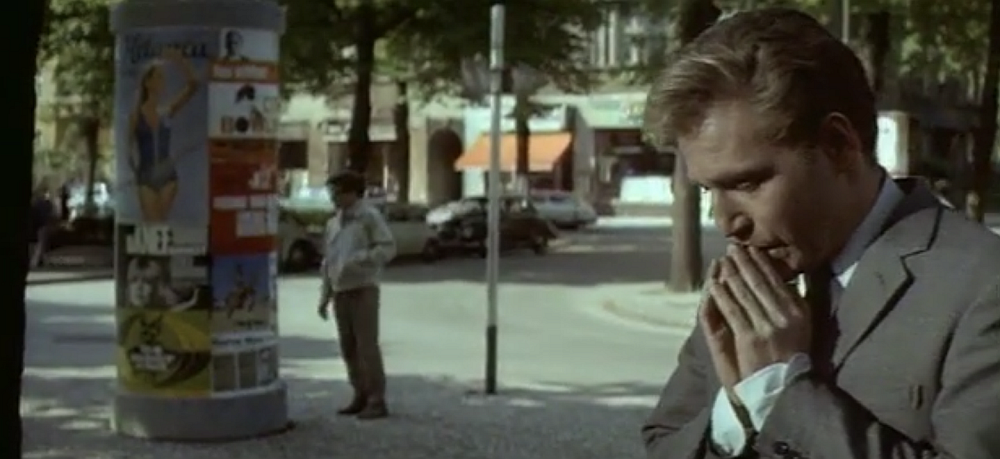
| Who |
American version |
German version |
| Quiller |
Are you following me? Ich frage Sie, ob Sie mir folgen! |
Sagen Sie mal, beschatten Sie mich? Ich habe Sie gefragt, ob Sie mich beschatten! |
| Short guy |
Ich? Nein. |
Ich? Nein. |
| Quiller |
Warum folgen Sie mir? |
Warum gehen Sie mir dann hinterher? |
| Short guy |
Ich folge Sie gar nicht. Sie müssen sich irren. |
Aber ich gehe dann nicht hinterher. Sie haben sich geirrt. |
| Quiller |
Wohin gehen Sie dann? |
So, wo gehen Sie denn dann hin? |
| Short guy |
Ich bin mit einem Bekannten verabretet. Bitte entschuldigen Sie mir |
Sie machen mir Spass. Ich bin mit einem Bekannten verabredet. Lassen Sie mich los! |
| Quiller |
Wo bitte? |
Ja, und wo sind Sie verabredet? |
Just as Quiller steps up his pressure, they are joined by another clandestine colleague of the follower,

| Who |
American version |
German version |
| Fat guy |
Dieter? Was ist denn los? |
Dieter? Was ist denn los? |
| Short guy |
Der Herr behauptet, dass ich ihn folge |
Ach, der bildet sich ich gehe ihn hinterher. |
| Fat guy |
Wer Du? Warum? |
Wer, Du? Warum denn? |
| Short guy |
Ich weiss es nicht |
Möchte ich auch gerne wissen. |
| Fat guy |
Sagen Sie mal, wie kommen Sie darauf? |
Wie kommen Sie darauf? Ist hier irgendwas? |
The final discourse is interesting for two reasons. First, I find the German version to be a bit more diplomatic and polite than the American version – at least to my non-native ears it sounds this way.
But . . . here is where the nuances of the German language come in! When Quiller says “Perhaps you have not been following me” then he is looking at the entire group, not just the original follower, thus sneakily and cleverly changing the case of the formal pronoun Sie from first person formal to second person formal!

| Who |
American version |
German version |
| Quiller, looking at everyone |
Vielleicht habe ich mich geirrt? Vielleicht sind Sie mir nicht gefolgt? Wenn das so ist, werde ich gehen! |
Ach schön. Vielleicht habe ich mich geirrt, es kann auch ja sein. Vielleicht sind Sie mir wirklich nicht hinterher gegangen? Entschuldigen Sie! Dann darf ich wohl jetzt. |
| Quiller, looking at the short guy |
Sie sind mir im Weg! |
Sie stehen mir leider nur etwas im Wege. |
In other words – and this is only known to people who can speak German! – Quiller was telegraphing to the entire group of three people that he knew he was being followed!

